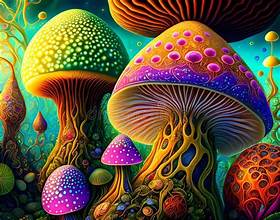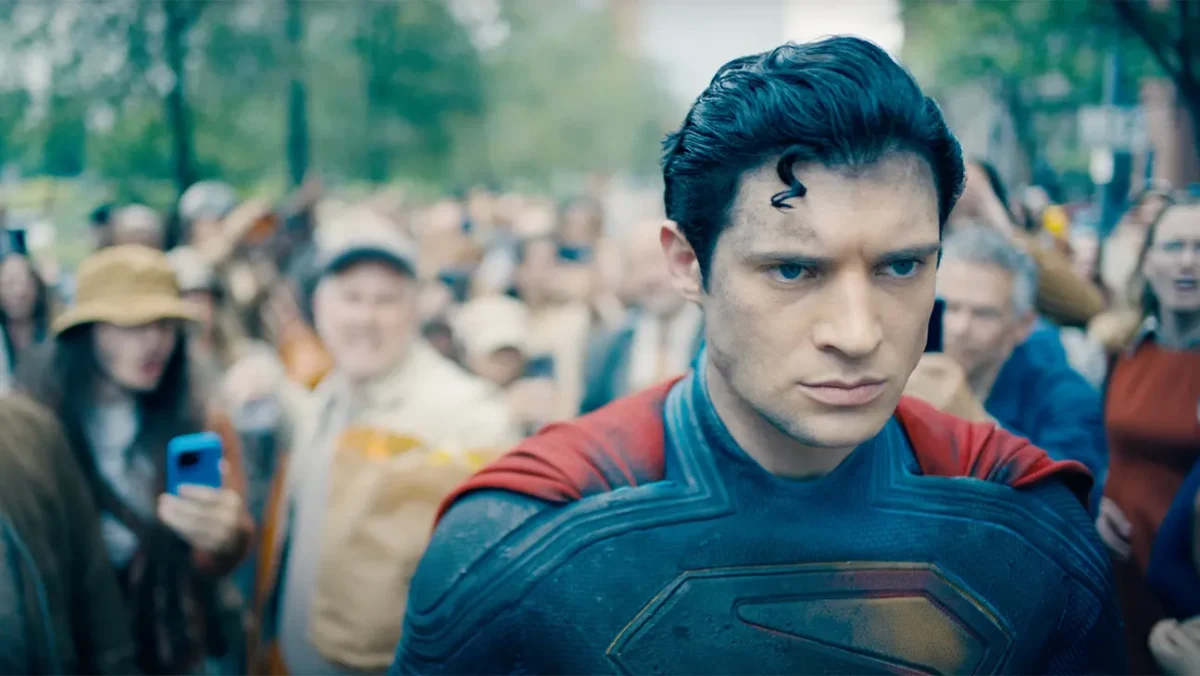
We are in a societal world where technology has improved significantly over the past few years. And as I reference the “past few years”, re-think it as basically only a whole year of significant involvement in AI. Remember discovering the latest vogue of Chat GPT and its AI-platform cousins? Now look as of today, individuals can now alter and create a multitude of creations all by just a simple sentence. Here’s an exempt, simply type in “Peanut butter and jelly sandwich in cubes” and “Cappuccino with a swan as the whipped cream” and you shall receive these generated images by DALL-E 2:

Mesmerizing, yet… concerning.
While constructing this article, I came across the unique idea to conduct a social experiment of how humans can either identify whether or not a series of images were generated by AI, or made by the craftsmanship of humanity. A total of nine individuals participated in the experiment; which consisted of twenty questions. After estimating the total data, an average of 12.56/20 total correct points were added up, as well as a median of 13/20 points. There were insights on a few series of questions that were the most perplexing between the fake and real images. Here are the two images that were most answered incorrectly:


The first image was created by Josephine Wall, and the second image was created by AI. One participant wanted to share her response about this study: “It is very difficult to tell the difference between AI and human-made objects and art,” reported by Kate Escobedo-Smith, one of the participants that were included in the study.
Artist Struggles
Within the artistic community, individuals focus on the uniqueness of the human creations of creativity and expression. Therefore, Addy Brestel, who is the leader of the Tahoma’s Art Club; National Arts Society, has more to say about this dilemma on the impact of AI generated images. She responds with the challenges that artists can face when being tempted to utilize AI in art. “Artists sometimes can feel like we run out of ideas, and AI can be very tempting to look at,” Brestel informs.
As human life development continues in a multitude of ways, AI is following in its footsteps at a quick and concerning pace; quickly taking by storm and being introduced into companies and businesses. Brestel further explains the concerns between human resources and jobs: “It might pose hardships for individuals who are in jobs such as marketing/artistic marketing. Because it would be cheaper for companies to use AI generated images rather than paying for an artist.” The evolution of AI comes at an alarming rate, changing the face of future development for society as you know it.
Future Development
Regardless of how the multitude of the population progresses into the uncertain future, there will always be mixed suspicion on how AI will be included into the new way of our lives. Brestel gives into two contrasting predictions of AI of how it is threatening the practice of art, especially viewing that digital art is at risk. Despite that, she recognizes the consideration that AI is not going to replace humanity and their abilities.
This comes to acknowledge that the collective community can be cognitive about their surroundings in social media and imagery. There are essential methods to mostly identify these fake images. An article, written by Garling Wu, informs the viewers on how to identify an AI-Generated image by conducting different methods: “Check the title, description, and comments sections/tags. Look for a watermark. Search for AI distortions in the image. And use an AI image detector.”








